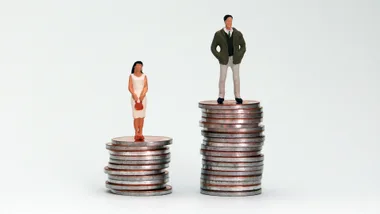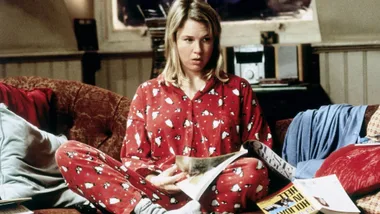Australian Bureau of Statistics (ABS) figures released today show that the national gender pay gap has again dropped, reaching its lowest point in over 20 years, seeing a record high of women in full-time work.
Using the latest ABS Average Weekly Earnings trend series data, the Workplace Gender Equality Agency (WGEA) has calculated the national gender pay gap as 14.1% for full-time employees, a difference of $239.80 per week. On average, women working full-time earned $1455.80 while men working full-time earned $1695.60.
Financy attributes the drop in pay gap to a record high in the number of women in full-time work. There are now over 5.5 million men in full-time work as of this January, compared to 5.49 in December, the outlet’s statistics show.
RELATED: Australia’s Gender Pay Gap Is The Lowest In 20 Years

Libby Lyons, Director of the Workplace Gender Equality Agency, welcomed the news.
“This latest drop in the national gender pay gap supports the results from the Agency’s own data. Over the five years of reporting, there has been a strong increase in employer action on gender equality. As a result, we are seeing some real improvements,” Lyons said via a statement on Thursday.
“More employers are analysing their pay data for pay gaps. More employers are then taking action to ensure women and men are equally rewarded and remunerated. These actions by Australian employers are a key contributing factor in the ongoing decrease in the gender pay gap.”
Despite this positive result, Ms Lyons also said that the national gender pay gap remains an important reminder that women continue to face significant barriers in the workplace, particularly in terms of pay. “However, we have to keep our foot on the pedal and maintain momentum. I now want to see all Australian employers take action on addressing pay equity,” she added. “It is not hard. Do a pay gap analysis. Develop an action plan with targets. Report the results to the executive and board and monitor your progress. It is that easy. If every employer did this, we would close the gender pay gap pretty quickly.”
RELATED: The Gender Pay Gap Is Narrowing But We’ve Still Got A Long Way To Go

The national gender pay gap is the difference between women’s and men’s average weekly full-time ordinary time earnings, expressed as a percentage of men’s earnings. It is a measure of women’s overall position in the paid workforce and does not compare like roles.
RELATED: A Labor Government Would Force Companies To Reveal Gender Pay Gap
The new ABS data also showed the main factors contributing to the gender pay gap, including:
- Discrimination
- Women and men working in different industries and different jobs, with female-dominated industries and jobs attracting lower wages
- Women’s disproportionate share of unpaid caring and domestic work
- Lack of workplace flexibility to accommodate caring and other responsibilities, especially in senior roles
- Women’s greater time out of the workforce impacting career progression and opportunities.
Lyons finished, “The gender pay gap is a symptom of a broader cultural problem in our workplaces. It reflects that women’s work is traditionally undervalued and women are under-represented in senior executive and management roles. Average full-time salaries are lower for women than men in every occupation and industry in Australia and female-dominated occupations and industries attract lower pay than male-dominated ones.”
WATCH: The Most Powerful Australian’s Of 2018.










